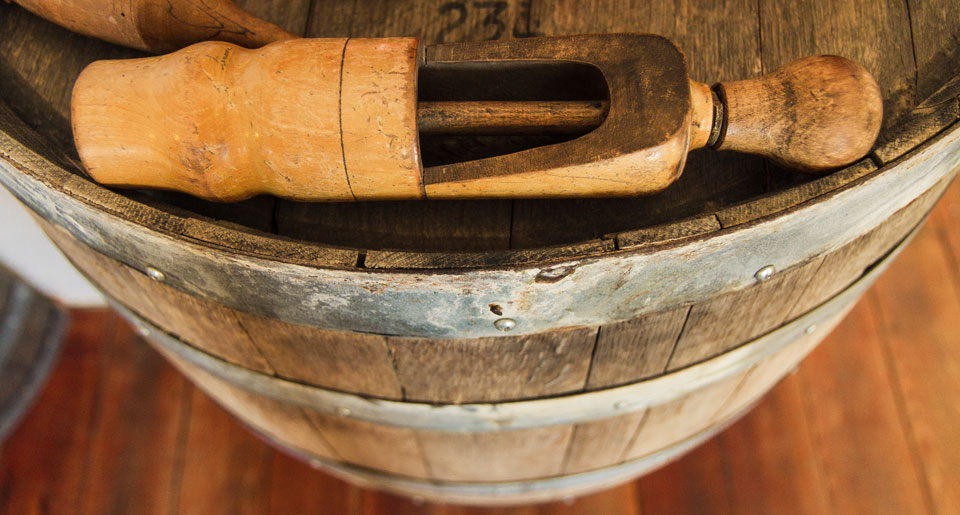About
Red Wines
MOURVEDRE
We will begin working on a red blend with 50% or more Mourvedre, along with some Syrah, Grenache, and small amounts of Cinsault, and Carignan. These grapes do better in very hot years. Many summers in the Yadkin Valley are very hot and dry and the grapes of our Mourvedre blend should be excellent in those years. These grapes, of Rhone Valley origins are very happy in our Yadkin soil and climate. Mourvedre produces a wine with some structure and backbone. It is fleshier than Syrah, hardier than Grenache and Cinsault, and more charming than Carignan.
MICHAEL’S BLEND and 1897
These are a blend of Cabernet Sauvignon, Cabernet Franc and Merlot. In some vintages, Malbec and Petit Verdot will also be available for our two blends. These varietals can tolerate cooler and wetter growing seasons. Some of our summers in the Yadkin Valley are cooler and wetter and our Cabernet blends should be excellent in those years.
CABERNET SAUVIGNON
This late ripening vine is traditionally blended with Cabernet Franc, Merlot, Petit Verdot, and Malbec. What makes Cabernet so wonderful is its structure and ability to show off its vintage, winemaking style, and sense of place or terroir. Cabernet’s concentration of tannins, flavors, and color evolve over years to produce a very subtle nose and complex flavor. This is why we age our wines for more than three or four years in oak before bottling.
CABERNET FRANC
Franc will ripen in a cooler season than Cabernet Sauvignon. It is medium bodied with more up front fruit than Cabernet, but it can be lighter in color, acidity, and tannins. Cabernet Franc is often used as a secondary element in blended red wines; however, it works just as well as the main component in our blends and sometimes all by itself for that special bottle.
CHAMBOURCIN
Chambourcin is a French-American hybrid grape, but its parentage is uncertain. Developed in France, this grape has only been available commercially since 1963. The grape produces a deep purple colored, spicy, fragrant medium to full bodied red wine with a full aromatic flavor. In the vineyard, Chambourcin can be grown in cool and wet, or hot and dry climates with little maintenance. We use Chambourcin for Port Hanover, Courtney Red, as well as for our varietal Chambourcin.

White Wines
CHARDONNAY
Chardonnay’s aroma is distinct, delicate, and easy to recognize. It often smells like apples, lemons, peaches or tropical fruits. This delicacy also allows Chardonnay to absorb the influences of both winemaking techniques and show off its sense of place or terrior. It can be crisp and flinty which we try to capture in our Unoaked Chardonnay. It can take on a lush, ripe, fleshy, buttery quality exhibited by our Barrel Fermented Chardonnay.
VIOGNIER
Viognier (VEE-ohn-yay) grapes along with some Marsanne and Roussanne are blended for our Viognier varietal. It is highly aromatic, with a nose of peach, apricot, and violets. Viognier is a very shy producer and somewhat difficult to grow although it is drought tolerant. It must be harvested at its peak of maturity in order to display its unique aroma and flavor character. The varietal flowers and ripens early, and is usually the first varietal harvested. Because Viognier flowers so early in the season, it is very susceptible to spring frosts.
